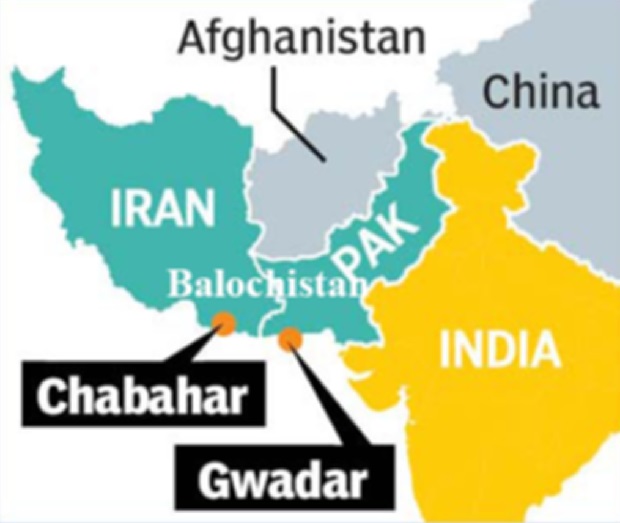The consultations by the Chinese special envoy Zhang Yi in Tehran this week all but signal that a visit by President Xi Jinping to Iran in the near future is on the cards. Zhang travelled to Tehran within a week of Iranian Foreign Minister Mohammad Javad Zarif’s talks in Beijing. Clearly, the choice of Zhang as special envoy suggests that Xi’s visit to Iran aims at imparting a major boost to the economic cooperation between the two countries.
Zhang heads a special commission under the State Council, State-Owned Assets Supervision and Administration Commission of the State Council (SASAC), which consolidates state-owned enterprises and affiliates the industrial associations, including the country’s biggest industrial giants. The SASAC is one of the most important decision makers in the management of state-owned enterprises in China.
According to Iranian media reports, Zhang said in Tehran on Monday that his visit was a “telltale sign” of Beijing’s keenness to further develop the economic and trade relations with Iran. He cited a three-point agenda for his mission development of trade ties, review of bilateral cooperation and exchange of views on future prospects. Zhang was accompanied by a delegation of managing directors of 18 major Chinese state-owned companies.
From the Indian viewpoint, it is of utmost interest that during Zhang’s discussions in Tehran, the Iranian side has offered the development of Chabahar port and the port’s rail connectivity with Central Asia “as a fertile ground for investment” by China. Evidently, Tehran is keenly seeking foreign investment from multiple sources for the infrastructure development in the country’s relatively backward southeastern region. The Iranian strategy will be to exploit the country’s unique geographical location to develop itself as a regional transportation hub. Apart from commercial and business spin off, Iran will see the strategic advantages of regional integration.
Conceivably, China would be interested in Chabahar Port as part of its ‘Road and Belt’ initiatives, which could connect Xinjiang with the Gulf region and the world market. There is a framework agreement dating back to 2002, which commits Iran, Afghanistan, Kyrgyzstan, Tajikistan and China to link their railroads as a 2260 kilometer-long Silk Road corridor connecting Kashgar in Xinjiang with the Iranian rail grid via Herat in Afghanistan.
China is not putting all its eggs in one basket China-Pakistan Economic Corridor but is diversifying the access routes to the Gulf and world market. India, too, should eschew any zero-sum mindset. Won’t a Chinese-built railway system connecting Chabahar with Central Asia be of use to India as well? Of course, it will be. Chabahar becomes an interesting test case of the resilience of India’s economic diplomacy.
In sheer speed of decision-making and execution of projects, Chinese state-owned companies could be light years ahead of India. They also would have the wherewithal to put really big money on the table. (According to reports, China has earmarked $52 billion by way of investment in the Silk Road projects in Iran.) But having said that, India also enjoys some factors of advantage. One, Iran is genuinely interested in ‘locking in’ India in a regional partnership of mutual benefit. The fast-growing Indian market attracts Iran, since it is next-door and easily accessible.
Two, India has a dynamic private sector. It is important to take note that President Hassan Rouhani flagged to Prime Minister Modi at their meeting in Ufa in July that Iran is interested in engaging the Indian private sector. The point is, Tehran bazaar has been traditionally very influential and enjoys much proximity with the country’s political elites (and the religious establishment) and, it largely feels at home with the business practices of the Indian companies.


